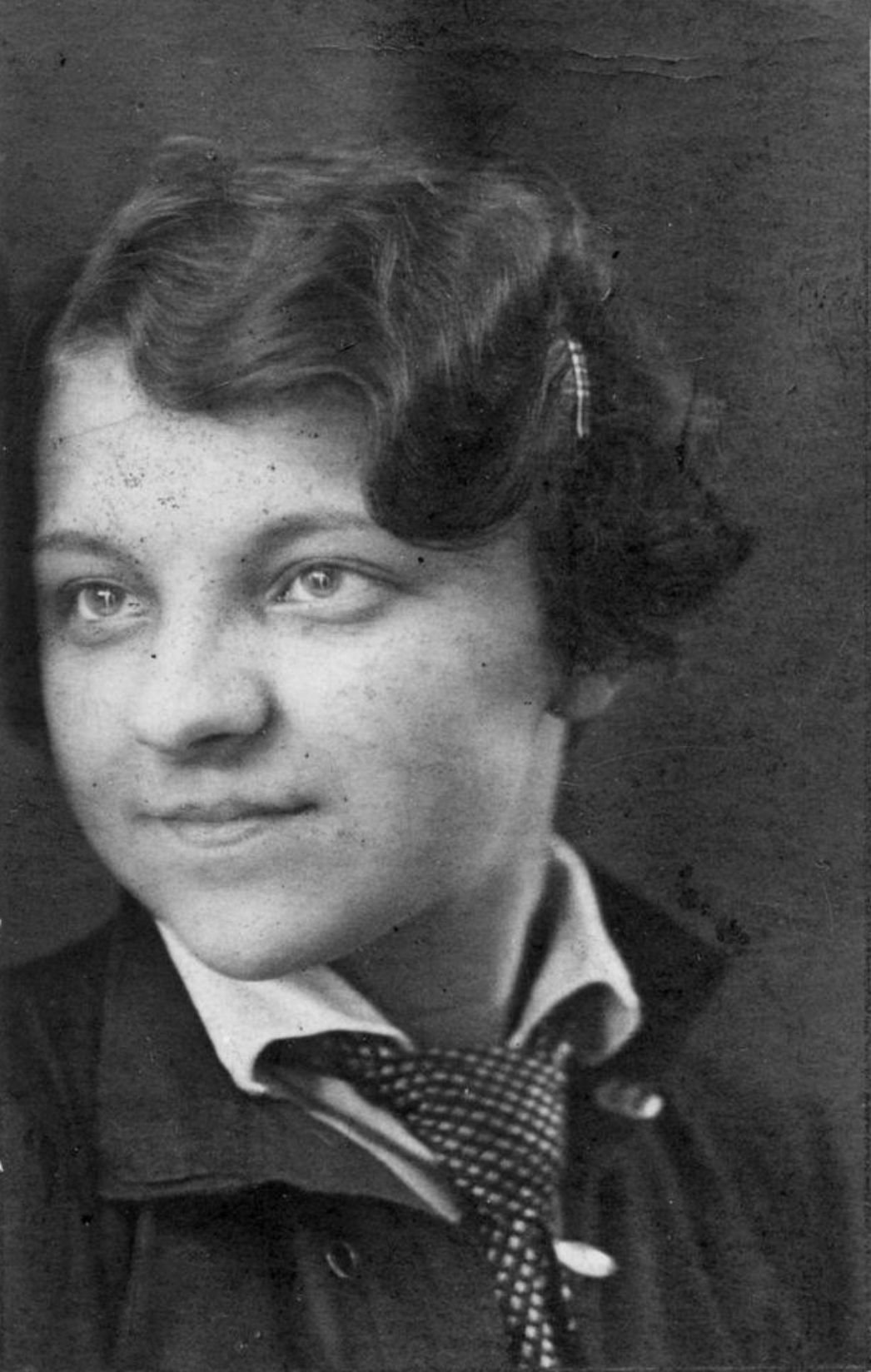Transcript
Narrator Farida Saliksjanowa came from a Muslim family belonging to the Tatar minority. They lived in Moscow, her father Mula-Haji worked as a cook, she had ten brothers and sisters. In late 1941, after the invasion of the Soviet Union, they witnessed the defence of Moscow, which claimed many victims. The German troops were kept out, and a new sense of courage spread, especially among the young people of Moscow. Farida was a member of the Komsomol, the youth organization of the Communist Party. She volunteered for service in the Red Army.
Farida Saliksjanowa “I was a future architecture student when I answered to the call of the party and the government and joined the Soviet army. I received training in a reconnaissance school…. Then I was in a group that did reconnaissance. This was reconnaissance in the enemy hinterland. Our territory was occupied. We were dropped with our group. I was the group commander.”
Narrator A few weeks later she was taken prisoner by the Germans. She was initially detained in a prisoner-of-war camp in Estonia and later in other prisons and camps, of which the last was the Ravensbrück women’s concentration camp. From there the SS transferred her to the Meuselwitz subcamp serving an armament plant that manufactured ammunition and projectiles. The majority of the female inmates there had to work twelve hours a day at lathes and grinding machines. However, the SS prohibited former members of the Red Army from working in production.
Farida Saliksjanowa “Prisoners of war performed outdoor work, only outdoor work. There were various construction sites there. We lugged concrete slabs in wagons. We loaded carts with cement and sand. Sunday was a day off work for the camp. But for the prisoners of war there was no day off. We were taken into town to carry out cleaning-up operations. … Twice we were taken to places where we had to secure unexploded bombs. That was somewhere in the vicinity of Meuselwitz. I can’t say for sure anymore. We were taken there. When the bombs were manufactured, someone had tampered with them so they wouldn’t explode. Whoever did that – thanks be to him. In any case, they didn’t explode when we excavated and secured them.”
Narrator As the American troops approached, the SS forced the women of the Meuselwitz subcamp to set out on foot towards the south. Farida Saliksjanowa and other women fled en route. They hid in the barn of a farmer who did not betray them but provided them with food until the war was over.
After the war she became an interior decorator and participated in the work on major construction projects. The physical consequences of imprisonment and forced labour accompanied her all her life.


